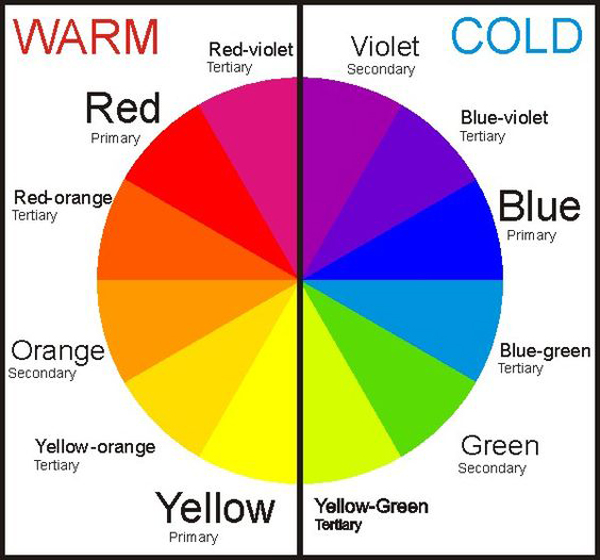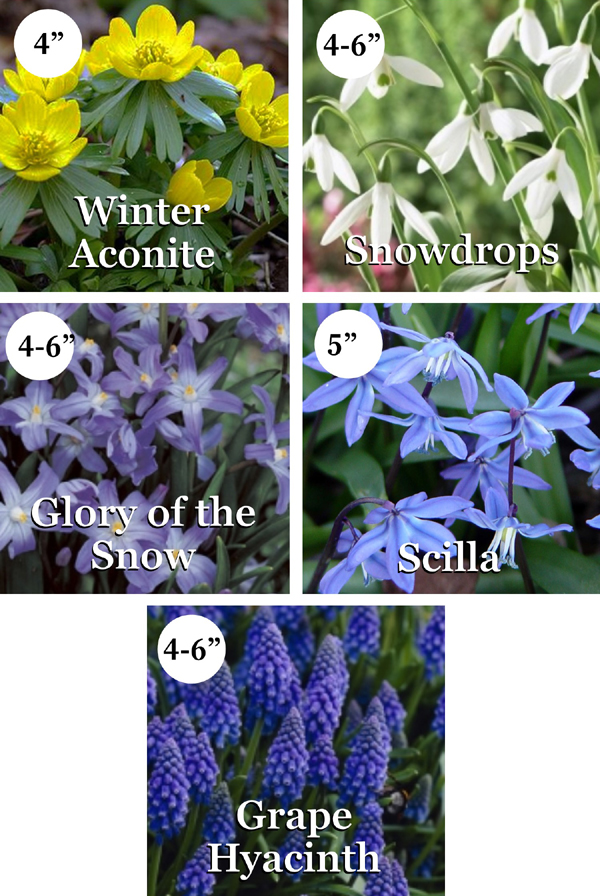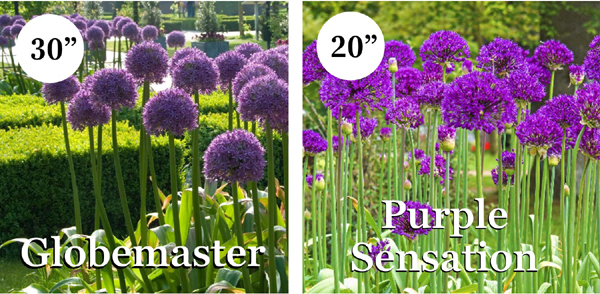September is a great time to plan for spring-flowering bulbs in your garden, as they are best installed in late October. Part of the fun in planning spring bulbs is the anticipation through winter and the delight when they finally emerge. Here are tips on planning spring-flowering bulbs in your garden and more about our bulb selections.
Doing Your “Homework”
Walk through your garden and take pictures of views from the street, as you walk up the house and as you step out your patio doors onto your deck or patio or backyard. Take note of existing plants in your garden that bloom in spring. Spring-flowering trees include serviceberry, redbud, kousa dogwood, crabapple and ornamental cherry; spring-flowering shrubs include azalea, lilac, viburnum and spirea. Bulbs can be installed around these existing plants to boost the focal point where they are located, or they can be planted in large masses in sparse areas to add color, such as in groundcover beds.

The color wheel, a useful reference for planning a color scheme in your garden. Image credit: h2designo.com
Look at the exterior color of your home and think about its place on a color wheel. Selecting bulb colors that are analogous to your home’s exterior color helps to harmonize your house and garden. For example, a red brick house would harmonize well with oranges and reds. Selecting colors that are complementary, or opposite, to the house color has an energizing effect, such as pairing the same red brick house with yellows and purples. Or, select one, two or three colors (all analogous, complementary or monochromatic) that look great together and repeat them throughout your entire garden to unify the property. In cases of pale colored houses, we like the peaceful effect of similarly tinted, pastel-colored bulbs. A house with white brick or siding looks great with yellows and blues.
Inside your home, look out your windows. How is the view? Take pictures to record areas which could be brightened with spring color, and visualize an ideal spring view after a long and stark winter has passed.
It’s a good idea to photograph your garden when spring arrives, to see what bulbs (if any) appear. That way, you’ll have them handy when bulb planting season comes around.
Selecting the Perfect Bulbs
Once you’ve determined your spring bulb color scheme, think about what types to select and their sizes. We’ve selected a great assortment of bulbs to suit any garden, featured below. Many have the added benefit of deer and rabbit resistance.
MINOR BULBS
Minor bulbs are the first bulbs to appear in early spring. These little wonders grow only a few inches tall, naturalize beautifully in a garden, bring lots of impact and are deer- and rabbit resistant. Winter Aconite, with bright yellow flowers 4″ tall, and Snowdrops, with dainty drooping blooms 4-6″ tall, bloom earliest, often coming up through snow. Scilla spreads to create a dazzling sea of blue flowers, growing 6-8″ tall. Grape Hyacinth has little flower clusters that open from the bottom up, and grow to 4-6″ tall.
DAFFODILS
Daffodils begin to take center stage as spring progresses. These range in various sizes and colors from white, yellow and peach. Solid and bicolor varieties and double-petaled selections are also available. Daffodils naturalize and are disliked by deer and rabbits. Ice Follies blooms early, while others arrive in mid-spring such as Large Cupped Mix, Double Mix, Dutchmaster, Fortissimo and Sir Winston Churchill. Salome has pretty pale peach cups against creamy white petals and is a late blooming variety.
TULIPS
Spring is in full swing when Tulips arrive. A dazzling variety of colors, shapes and heights are available, from the earlier blooming, pale peach Apricot Impression to the late blooming, orange colored Dordogne. We recommend annual installations of bulbs to maintain effective coverage.
ALLIUMS
As spring ends, Alliums appear, adding a bold sculptural element to the landscape. After spent flowers fall off, dried spike puffs remain, adding unusual visual interest. Alliums are great as accent plants and for adding a touch of whimsy. They’re also deer resistant. Globemaster stands tall at 30 inches, with beefy, upright stalks and huge, 8-inch purple globe-shaped flower clusters. Purple Sensation stands shorter at 20 inches, with 4-inch violet-purple globes that bloom for weeks.
Nature’s Perspective can assist you with bulb selection, bed preparation and installation. Please contact our office today for more information.




